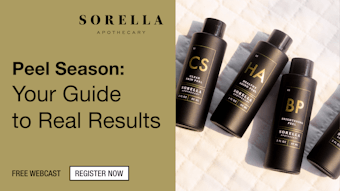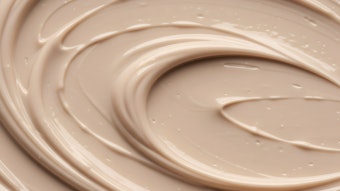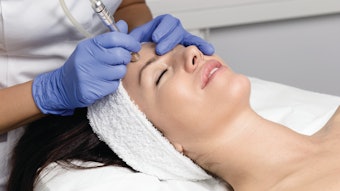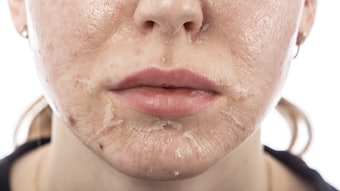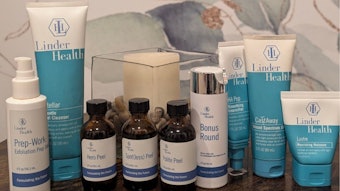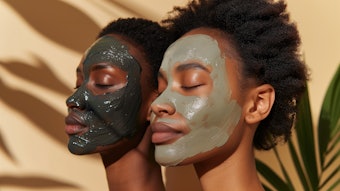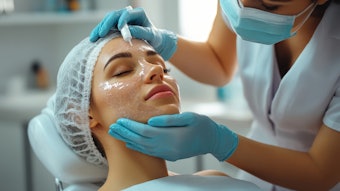
Exfoliation should be an essential step in everyone’s skin care routine! Whether you are blessed with clear skin, prone to acne or rosacea, or suffer from hyperpigmentation, exfoliation assists with both preventing and treating numerous skin conditions. Exfoliation has evolved substantially since the days when the skin was scrubbed with pumice stones or sand, and it’s progressed significantly in the past few years as newer ingredients have been discovered.
Throughout this article, we’ll examine exfoliating enzymes and some newer, novel acids that are effective in helping shed the dry, dehydrated skin associated with winter just in time for spring. We’ll differentiate between their properties and benefits, and identify the ideal candidates for their use, including even the most sensitive skin types.
Related: Now Trending: Enzymes
Choosing the Ideal Exfoliant
Though exfoliation can be beneficial to everyone, utilizing the correct exfoliants for each skin type and skin condition with the appropriate frequency is critical to achieving the best results. Doing so will prevent over-sensitizing the skin or worsening the conditions you are trying to treat. Though the focus of this article will be on exfoliating enzymes and newer, novel acids, understanding all categories of exfoliants is critical in choosing the best treatment for your clients. Let’s examine the other categories of exfoliants further.
Physical Exfoliants. This is the oldest form of exfoliation that physically “buffs” off dead skin cells, and is most appropriate for non-sensitive skin without active, open blemishes. Additionally, little to no pressure should be used when working with physical exfoliants on the skin. Natural physical exfoliants that are gentler on the skin include poppy seeds, olive seeds, tagua nut powder and rice powder.
Alpha Hydroxy Acids (AHAs). Alpha hydroxy acids are water-soluble acids of varying molecular size, which affects their rate of penetration into the epidermis. AHAs and their common sources include glycolic (sugar), lactic (dairy), malic (apples), tartaric (grapes), citric (citrus fruits) and mandelic (bitter almonds) acids. Generally, AHAs are most effective at treating dehydrated, hyperpigmented skin, or skin with fine lines and wrinkles.
AHAs exfoliate the skin by breaking down the skin’s water-based intracellular cement (desmosomes), increasing cellular turnover rates.1 Many AHAs also have humectant properties, attracting water to the skin, which can improve barrier function and hydration. Some AHAs such as mandelic acid have also been shown to effectively treat blemish-prone skin, due to their anti-bacterial and anti-inflammatory properties.2
Related: Alpha Hydroxy Acid vs. Beta Hydroxy Acid
Beta Hydroxy Acids (BHAs). Salicylic acid is typically the only BHA utilized in skin care and is generally best suited for oily, inflamed and blemish-prone skin, including oily rosacea. Salicylic acid is an anti-inflammatory, oil-soluble acid that is desmolytic, meaning it encourages individual corneocyte desquamation. It is also comedolytic, which means it prevents and resolves existing comedones.3 These actions prevent and treat blackheads and congestion in the skin, as well as reduce redness and swelling associated with acne and rosacea. Salicylic acid also contains anti-inflammatory and antiseptic benefits, further helping to treat the symptoms and causes of acne.
Read more about how to exfoliate winter skin with enzymes and acids in our Digital Magazine...
Brian Goodwin is an award-winning international educator for Éminence Organic Skin Care. As a master medical esthetician, master herbalist and consultant, Goodwin leverages over 10 years of spa industry experience to bring fun, engaging education to spa professionals around the world.

